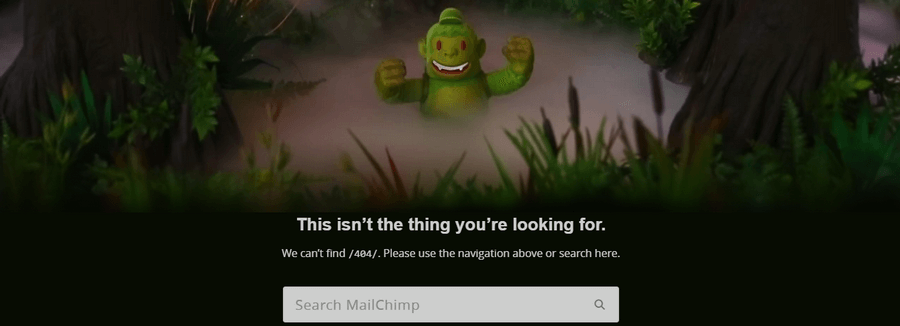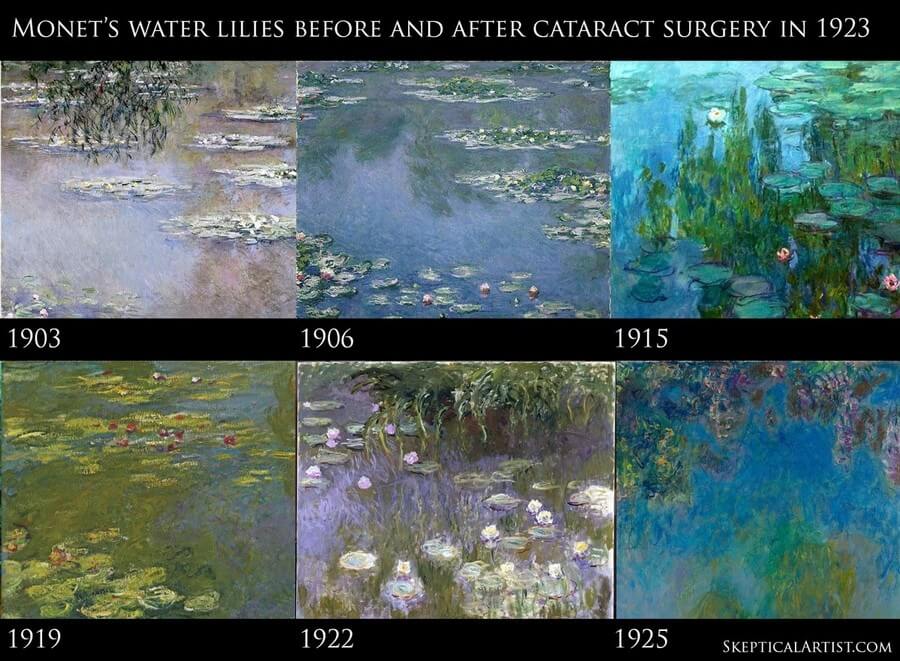Voice
Voice is the element that remains consistent across all the content you create. It allows readers to immediately identify content as your own, no matter when they see it or what platform they see it on.
Not only that, but voice also expresses the unique values and personality of your company. It’s how you make a piece of content immediately recognizable as your own. Voice is the reason we often recognize a new Coca-Cola commercial or John Lewis’ Christmas ad even before we see the logo.
“Personally, I can read about almost any subject if I feel a basic trust in, and respect for, the writer. The voice must have authority.”
Judith Barrington, Writing the Memoir: From Truth to Art
A brand’s voice is characterized both by what it is AND what it is not. For example:
- Funny, but not irreverent.
- Pointed, but not abrasive.
- Refined, but not stuck up.
- Friendly, but not sappy.
- Playful, but not silly.
It’s important to pin down your brand’s voice before you begin content marketing. Once you know your voice, you need to make sure that all of your content creators are on the same page. Companies that lack a voice of their own inevitably come up with dull content.
Tone
Unlike voice, which should remain consistent, tone is changeable. You adopt different tones to convey different attitudes—so you’re excited as you announce new developments in your industry (or, y’know, when you geek out over VR tech), but more subdued if you’re delivering serious news.
“Whether or not you employ humor in dealing with difficult subjects, the tone of the writing is of the utmost importance. … The tone of such pieces may be serious, ironic, angry, sad, or almost anything except whiny.”
Judith Barrington, Writing the Memoir: From Truth to Art
Tone adds flavour to your voice and keeps your content fresh. For example, maybe your business is known for its sense of humour, but that humour manifests at different times as good-natured, goofy, cheeky, witty, wry, or sarcastic.
Shaking Up Your Style
One additional note: your brand’s voice is deeply tied to your particular style, but style can (and occasionally should) be changed. Style is rooted in your tone and diction (i.e. the words you use to describe your brand, be it formal, informal, slang, etc.).
If voice is the personality behind your content, then style is the way that personality is conveyed to your audience. Style is not easy to change, but some companies flounder before they find a style that properly communicates their voice.
One example that springs to mind is the MCU cinematic universe. The voice underlying Marvel’s superhero films hasn’t changed drastically since Kevin Feige became president (if anything, they’ve become more consistent), but the style took a dramatic shift. Each superhero film they produce is now stylistically recognizable as part of a greater whole.
Tone and Voice Examples
MailChimp

MailChimp has a publicly available Content Style Guide, so no surprise here. Their tone ranges from informative to entertaining, and they’ve nailed their voice as informal (but not sloppy), expert (but not bossy), and weird (but not inappropriate)—among other descriptors. Their voice comes through loud and clear, even on their 404 page.
Monet’s Water Lilies

Despite the fact that he developed cataracts and his artistic style changed drastically between 1903 and 1925, we can tell that these paintings was created by Monet. They all share recognizable traits and embody Monet’s “voice.”
Tom Horton’s

Is my Canadian showing? Tim Horton’s is Canada’s most iconic brand. Their voice is consistently friendly, happy to help, and casual, but their tone ranges from wholesome to gently self-mocking (as seen in the ad above).
How to implement tone of voice
Now you’ve nailed down your brand voice and you understand that you can change your content’s tone while keeping voice consistent, it’s time to think about implementing tone of voice in your work.
Before we continue, brush up on your customer personas. Without a target demographic in mind, trying to pin down the tone of your content is like painting a room with your eyes closed and hoping you haven’t missed a spot.

Finally, we can start talking about tone. Tone is vital to your brand’s health, whether we’re talking about your website, your blog posts, your 404 pages, your ads, or even your social presence. The right tone draws customers in and gets them invested in your content, while the wrong tone spoils the mood, like a racist uncle at Christmas dinner.
Worse still, the wrong tone destroys brand credibility and drives customers away.
How to Set the Tone For Your Content
First and foremost, your tone should always stay true to your brand voice.

It wouldn’t make sense Henley Bond, with their voice reflective of the modern gentleman, to turn around and create content littered with slang and irreverent humour. Though I see some potential for an April Fool’s Day joke…
Now let’s turn to Ailsa Partridge’s “How to Develop Your Website’s Tone of Voice” article. She’s developed an excellent tonal guideline that matches tone to customer personas.
She begins with the “X, but not Y” statements I discussed in when contrasting tone and voice, then adds to these descriptors with more definitions that will help you hone in on content for specific demographics.
For example, if you’re creating content for a persona you’ve identified as youthful and energetic, your tonal guideline might look like this:
Youthful
Does Mean
- Imaginitive: Use anecdotes and examples that illustrate points vividly. Keep content hopeful and looking forward.
- Informal: Use casual language, easily accessible, avoid jargon.
Doesn’t Mean
- Immature: Avoid patronizing language and excessive censorship. Keep an air of professionalism.
- Inexperienced: Explain necessary terms, but don’t dumb down or over-explain.
Energetic
Does Mean
- Passionate: The writer should be excited about their content and that should show in the writing.
- Current: Content should have an air of fresh discovery and excitement—avoid rehashing old news.
Doesn’t Mean
- Unfocused: Don’t get so involved in your enthusiasm that you lose the focus of your content. Also, don’t try to fake enthusiasm.
- Excitable: Don’t use hyperboles, tons of exclamation points, or inappropriate iconography (emojis, etc.)
Final Thoughts
To quote the esteemed Ann Handley, “Voice doesn’t change, but your tone should, depending on the feeling you are trying to convey.”
When we adopt different tones of voice in our content, it’s to better connect with our readers—to make them feel the sadness we feel, or the frustration, or the joy, or the excitement. When we connect with our readers on an emotional level, then we’re finally doing content marketing right.
I’ll end with one of my favourite quotations, from Stephen King’s On Writing: A Memoir of the Craft. He wrote, “Writing isn’t about making money, getting famous, getting dates, getting laid, or making friends. In the end, it’s about enriching the lives of those who will read your work, and enriching your own life as well.”
